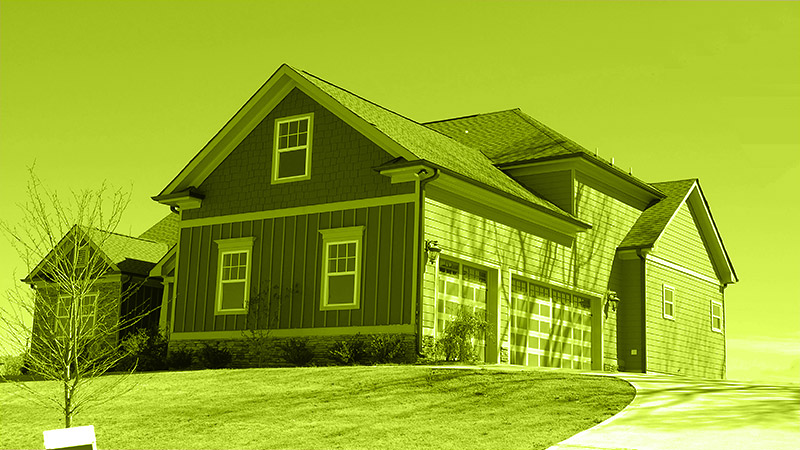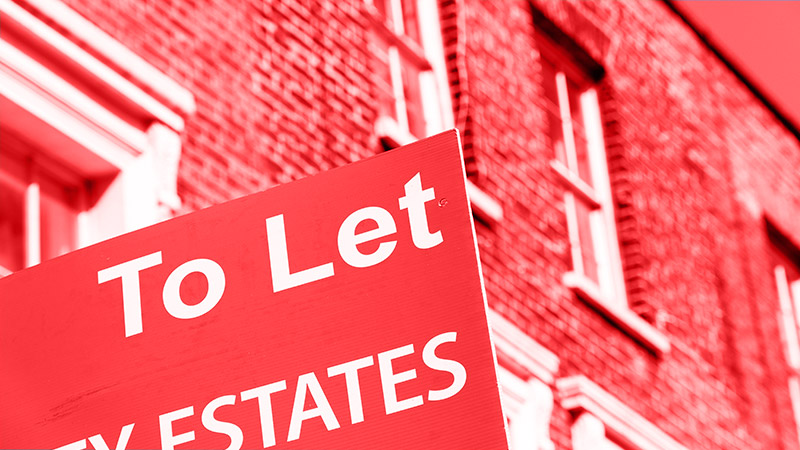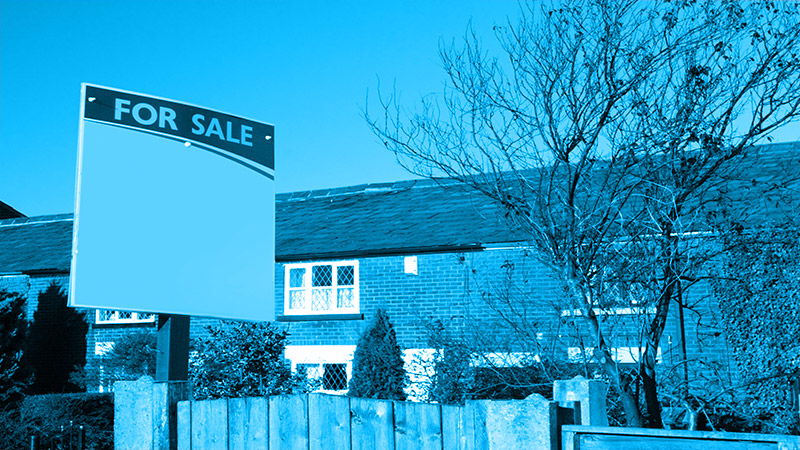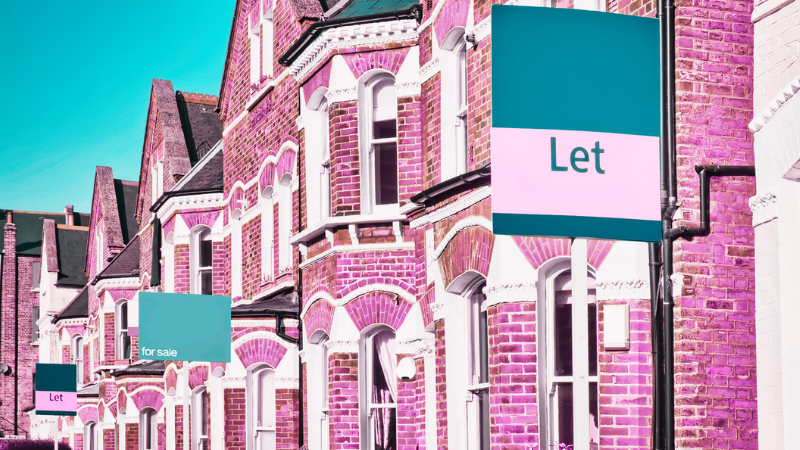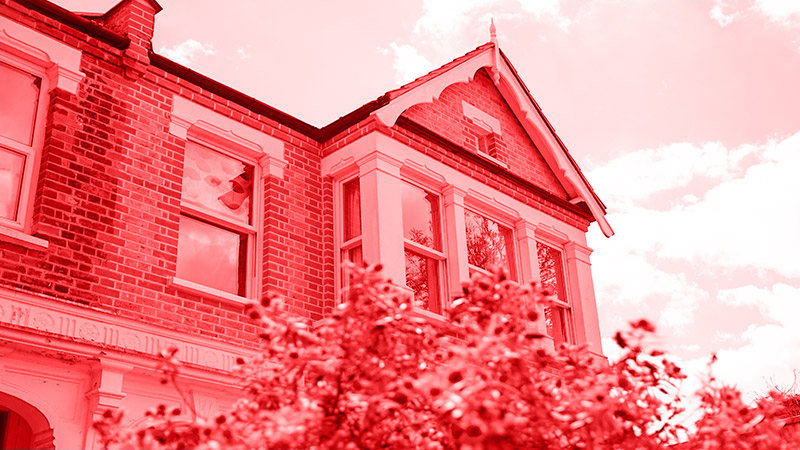How to Choose a Buy to Let Mortgage: Expert Guide for Property Investors


Need a buy to let mortgage? A deposit of at least 25% of the property's purchase price gets you started. Property investors should know this key difference from residential mortgages before entering the rental market.
- What makes buy to let different from residential mortgages?
- Who can apply for a buy to let mortgage?
- How lenders assess rental income
- Compare the Main Types of Buy to Let Mortgages
- Choose the Right Repayment Structure
- Evaluate Mortgage Rates and Terms
- Match Your Mortgage to Your Investment Strategy
- Conclusion
- Key Takeaways
Buy to let mortgage rates run higher than residential mortgage rates. On top of that, lenders want your rental income to cover 125% of your mortgage repayments. This helps ensure you can keep up with payments during empty periods. Many investors use a buy to let mortgage calculator to check what they can afford and see the best rates on the market.
Your chances of qualifying improve with a separate employment income of £25,000+ per year. The right investment strategy might benefit from an interest-only option. This means you pay just the interest while the principal stays the same until the term ends.
The perfect mortgage structure plays a vital role in your success as a property investor. This applies whether you plan long-term rental investments or quick property flips that need bridging finance. This piece will direct you through available options and help you match the right financing to your investment goals.
What makes buy to let different from residential mortgages?
Buy to let mortgages are made for properties you plan to rent out instead of living in yourself. These mortgages have tougher requirements because lenders face more risks with rental properties than with regular homes.
You’ll need a bigger deposit – usually at least 25% of the property value. Some lenders might even ask for up to 40%. This amount is much higher than residential mortgages, where you can start with just 5-10%.
The interest rates are higher by a lot for buy to let mortgages. Lenders charge more because rental properties come with risks like empty periods and tenants who might not pay. The arrangement fees also tend to cost more.
The way you pay back the loan is different, too. Regular home mortgages usually require you to pay both interest and capital. Buy to let mortgages often let you pay just the interest each month. This means your original loan stays the same, and you’ll need to pay it all back when the term ends.
Who can apply for a buy to let mortgage?
You must be at least 18 years old to get a buy to let mortgage. Many lenders set their own age limits, and most won’t let the mortgage run past your 75th birthday.
Lenders usually want you to have:
- A solid credit history without much debt
- A yearly income of £25,000 or more, not counting rent
- UK residency
You don’t always need to own your home to get a buy to let mortgage, though some lenders make this mandatory. Applications can come from one person or up to four people together, as long as they’re not part of a company.
How lenders assess rental income
Lenders look mainly at potential rental income rather than your salary when checking if you can afford a buy to let mortgage. They need to make sure the rent will easily cover your mortgage payments.
The expected rent needs to be at least 125% of your monthly mortgage interest. This might go up to 145% based on your tax situation. This buffer, called the Interest Coverage Ratio (ICR), helps cover empty periods and surprise costs.
A qualified surveyor or registered letting agent will check how much rent your property could bring in. Their assessment helps lenders figure out if the numbers work.
Lenders run “stress tests” to check if rental income would still cover payments if interest rates go up. They usually test at around 5.5%. Let’s say you want a £200,000 mortgage – at this rate, yearly interest would be £11,000 (£917 monthly). With 145% coverage, you’d need £1,331 monthly rent to pass.
Some lenders are flexible and let you use your personal income to help if the rental income falls short. This really helps people invest in areas with lower rental yields.
Related reading:
Compare the Main Types of Buy to Let Mortgages
The mortgage market has several financing options that match property investors’ different goals. Each type of mortgage brings its own advantages, requirements, and cost structures that smart investors need to understand.
Buy to let mortgages for single lets
Standard buy to let mortgages work best for properties rented to a single household. New investors entering the rental market will find this the most straightforward option. Lenders provide both fixed and variable interest rate options, which let you choose based on your risk comfort and market views.
These mortgages usually work on an interest-only basis. Your monthly payments cover just the interest charges instead of reducing the original loan amount. This keeps monthly costs lower, but you’ll need a plan to pay back the principal when the term ends through property sale, savings, or refinancing.
Your rental income should be at least 125% of your monthly mortgage payments – this is the Interest Coverage Ratio (ICR). You can hold up to five buy to let mortgages or borrow up to £3 million with certain banking groups.
HMO mortgages for higher yields
Houses in Multiple Occupation (HMO) mortgages suit properties rented to multiple unrelated tenants who share facilities. These properties attract investors because they yield a lot more – around 8% compared to 6% for traditional buy to let properties.
HMOs make more money because you charge per room instead of per property. To name just one example, a four-bedroom house as a single let might bring in £700 monthly. That same property as an HMO could earn £85 per room weekly – about £1,473 monthly.
Notwithstanding that, HMO mortgages need extra attention:
- Stricter rules, including specific licensing requirements
- Higher deposits (usually 25-35%)
- More complex property management
- Higher maintenance costs from increased wear and tear
Many landlords are changing to HMOs as rising mortgage costs push them to look for investments with better returns.
Commercial buy to let options
Commercial buy to let mortgages are secured loans that limited companies use to invest in non-residential property for third-party letting. These mortgages fund properties used as offices, retail spaces, or industrial units.
These loans can run up to 25 years. Borrowers get interest rate flexibility with fixed and variable options and might qualify for repayment holidays, though interest keeps adding up.
Some lenders have special products like green buy to let mortgages for energy-efficient buildings (EPC rated B or above). These environmentally friendly investments come with lower interest rates.
Bridging loans for short-term needs
Bridging loans are short-term secured financing that borrowers usually pay back within 12 months. Property investors use these loans to get quick access to large amounts of capital when time matters most.
These loans help with:
- Auction purchases needing completion within 28 days
- Property chain breaks where you must secure a new property before selling your current one
- Buying properties that need work before they qualify for mortgages
- Renovation projects before long-term financing
Monthly interest rates run from 0.5% to 2%. One-time fees include arrangement fees (1-2% of the loan), exit fees, administration fees, legal fees, and valuation costs. A £90,000 bridging loan at 2% over three months might cost almost £8,000 in interest and fees.
The high cost comes with vital benefits: flexibility, certainty, speed, and access to bigger loans secured against valuable assets. These loans remain valuable tools for investors who need to act fast or direct temporary funding gaps.

Choose the Right Repayment Structure
Choosing the right mortgage repayment structure ranks among your most important decisions as a property investor. Your choice will affect your monthly expenses, cash flow, and long-term investment strategy.
Interest-only vs repayment mortgages
Buy to let mortgages come in two main forms. You can opt for an interest-only mortgage where monthly payments cover just the interest while the original loan amount stays the same. A repayment mortgage works differently – it has both interest and capital repayments that steadily reduce your debt until you fully own the property.
Money-wise, the numbers tell a clear story. A £160,000 mortgage at 4% over 25 years would cost you about £533 monthly for interest-only payments. The same mortgage on a repayment basis would cost £845 monthly. You save over £300 each month, but you’ll still owe the full borrowed amount at the end of the term.
Why interest-only makes sense
Interest-only mortgages have become the go-to choice in the buy to let market. These mortgages make up about 80% of new arrangements since 2014. Property investors prefer them because:
- Better cash flow – Monthly payments stay lower, which turns more rental income into profit and helps during empty periods.
- Growing your portfolio – Extra monthly cash helps build deposits for more properties.
- More investment options – Monthly savings might earn better returns elsewhere instead of paying down mortgage capital.
- Tax benefits – Buy to let mortgage interest payments remain tax-deductible, making interest-only options more tax-efficient.
Many landlords start with interest-only mortgages and think about switching to repayment structures later in their investment path.
Risks of not repaying the capital
Interest-only mortgages might be popular, but they come with clear risks:
You need a solid exit plan. The borrowed amount becomes due at the term’s end. Most investors plan to sell the property, use their savings, or get new financing.
Property values don’t always go up. Your property’s value might drop below your loan amount, leading to negative equity and possible losses when selling.
Interest costs run higher overall. The loan amount stays constant, so you keep paying interest on the full sum throughout the term.
Life changes can catch you off guard. Financial difficulties near your mortgage term’s end could make capital repayment challenging.
Your choice between these repayment structures should match your investment goals, risk comfort level, and long-term property strategy.
Evaluate Mortgage Rates and Terms
Your property investment returns depend on choosing the right buy to let mortgage rates and terms. A small change in rates or fees can affect your profitability over time.
Fixed vs variable buy to let mortgage rates
Fixed-rate buy to let mortgages keep the same interest rate for a set time – usually 2, 5, or 10 years. You can budget better since your monthly payments stay the same, whatever happens in the market. Right now, you might find a 2-year fixed rate at 60% LTV starting from around 3.74% with a £3,999 fee.
Variable rate mortgages follow the Bank of England base rate, which means your interest rate goes up or down with it. These mortgages might offer lower rates at first, but your payments could jump if rates rise. Landlords who plan to sell or remortgage soon might find these useful.
How to use a buy to let mortgage calculator
Buy to let mortgage calculators help you figure out your borrowing limit based on rental income and property value. These tools need some key information:
- Expected monthly rental income
- Property value
- Loan amount requested
- Your tax status (affecting stress testing rates)
- Whether you’re a portfolio landlord
Most calculators run a stress test of 125-145% of your mortgage interest payments. This will give a clear picture of whether rental income covers your mortgage costs plus other expenses.
Understanding fees and early repayment charges
Buy to let mortgage arrangement fees have gone up a lot recently. Lenders now usually charge 2% of the loan or fixed amounts between £1,999-£3,999. You can pay these upfront or add them to your mortgage, but adding them means extra interest charges.
Early repayment charges (ERCs) usually run from 1-5% of what’s left on your mortgage. You’ll face these charges if you pay off your mortgage early or switch lenders before your deal ends. Smart timing of your remortgage or picking products without ERCs helps you dodge these costs.
Your loan-to-value ratio (LTV) plays a big role in available rates. Lower LTVs around 60% usually get you better terms.
Mortgageable offers a free Equifax Credit Report as part of its service, with no obligation to proceed. Something worth considering.
Match Your Mortgage to Your Investment Strategy
Buy to let mortgage choices depend on your property investment goals. The right financing arrangement with your strategy helps maximise returns and cut unnecessary costs.
Short-term flips vs long-term rentals
Specialist financing works best for short-term property flipping. Quick capital access comes through bridging loans with 3-12 months terms, perfect for properties that need renovation before sale. These loans come with higher monthly interest rates—between 0.5% and 2%—plus arrangement fees of 1-2%. Standard buy to let mortgages with lower rates suit long-term rental strategies better, especially interest-only options that help improve cash flow.
Portfolio growth and refinancing
Portfolio expansion makes refinancing a vital step. Your existing properties’ value increase lets you fund deposits for new investments without selling. Experienced landlords can recycle capital through the “buy, refurbish, refinance, rent” strategy. Many investors think of using cash-out refinancing to get funds quickly while retaining ownership.
Using leverage wisely
Smart use of mortgages to control more property with less personal capital can multiply returns. To cite an instance, using 60% LTV mortgages to buy two properties instead of one outright leads to better capital appreciation despite lower original cash flow. So, properties worth £144,000 each bought with mortgages generate higher capital gains over 25 years compared to a single cash purchase.

Conclusion
The right buy to let mortgage is a vital factor that determines your success as a property investor. This piece has taught you about higher deposit requirements, stricter rental income criteria, and mortgage structures. This knowledge will definitely help you make better decisions for your investment experience.
Buy to let mortgages are different by a lot from standard residential options. Your approach needs to adapt. You need at least a 25% deposit, higher interest rates, and rental income that covers 125-145% of mortgage payments. These factors demand careful financial planning before you invest in property.
Your investment strategy should, without doubt, shape your mortgage choice. Bridging loans might work best for short-term property flips, even with their higher costs. Standard buy to let mortgages suit long-term rental strategies better, especially when you have interest-only options that improve monthly cash flow. HMO mortgages give higher yields but face stricter rules and management hurdles.
The way you repay deserves careful thought. Interest-only mortgages rule the market because they boost cash flow and give tax benefits. You must plan how to handle the full loan repayment when the term ends. Your choice between fixed and variable rates changes your monthly payments and flexibility.
As your portfolio expands, refinancing helps you get equity and fund more investments. Smart use of leverage can multiply returns, though market changes affect you more.
Success in property investment needs the right mix of affordable financing and profitable returns. A well-chosen buy to let mortgage forms the base for building a green and rewarding property portfolio. This knowledge helps you talk to lenders confidently and get financing that matches your investment goals.
Key Takeaways
Understanding buy to let mortgage fundamentals will help you navigate the property investment landscape with confidence and secure the right financing for your goals.
• Buy to let mortgages require at least a 25% deposit and rental income covering 125-145% of mortgage payments
• Interest-only structures dominate the market, improving cash flow but requiring clear exit strategies for capital repayment
• HMO mortgages offer higher yields (8% vs 6%) but come with stricter regulations and management complexity
• Bridging loans provide quick capital for flips and auctions, but cost 0.5-2% monthly plus substantial fees
• Portfolio growth through refinancing allows equity extraction to fund additional investments without selling existing properties
The key to successful property investment lies in matching your mortgage structure to your investment strategy—whether pursuing short-term flips, long-term rentals, or portfolio expansion through leverage.




